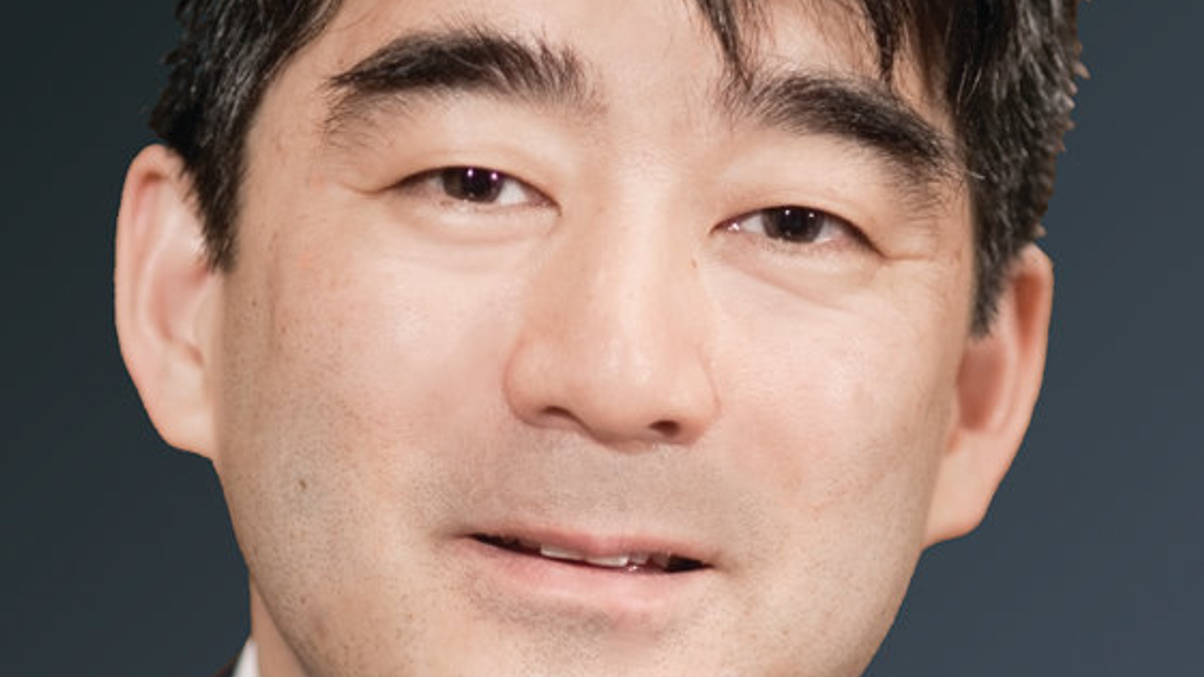Allure of catastrophe bonds rising for Asian investors
These investments are largely uncorrelated to other markets and offer decent returns even in crises, says John Seo of Fermat Capital Management, while fund liquidity is improving.

Natural disasters are a fact of life, but 2011 was a particularly catastrophic year, with Asia at the epicentre. Japan’s earthquake, a worse-than-usual hurricane season in the Philippines and the worst Thai floods in 50 years, helped contribute to a near-record $110 billion in catastrophe-related payouts by insurance companies globally.
Sign in to read on!
Registered users get 2 free articles in 30 days.
Subscribers have full unlimited access to AsianInvestor
Not signed up? New users get 2 free articles per month, plus a 7-day unlimited free trial.
¬ Haymarket Media Limited. All rights reserved.


